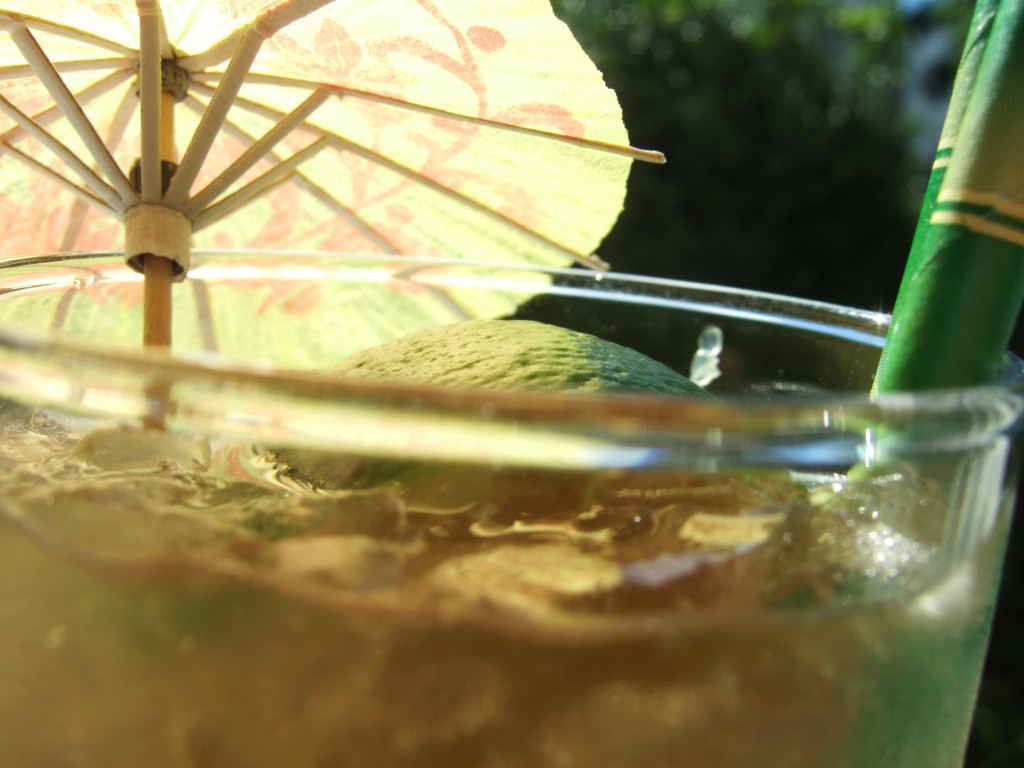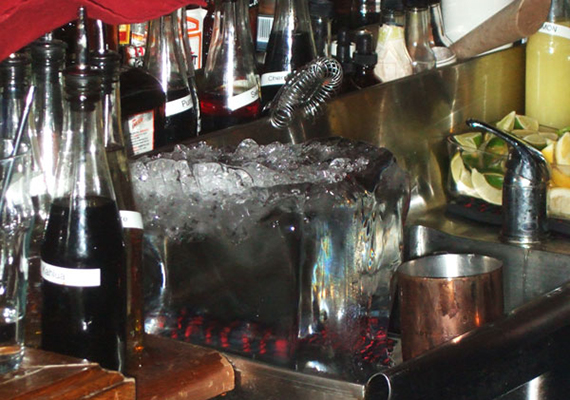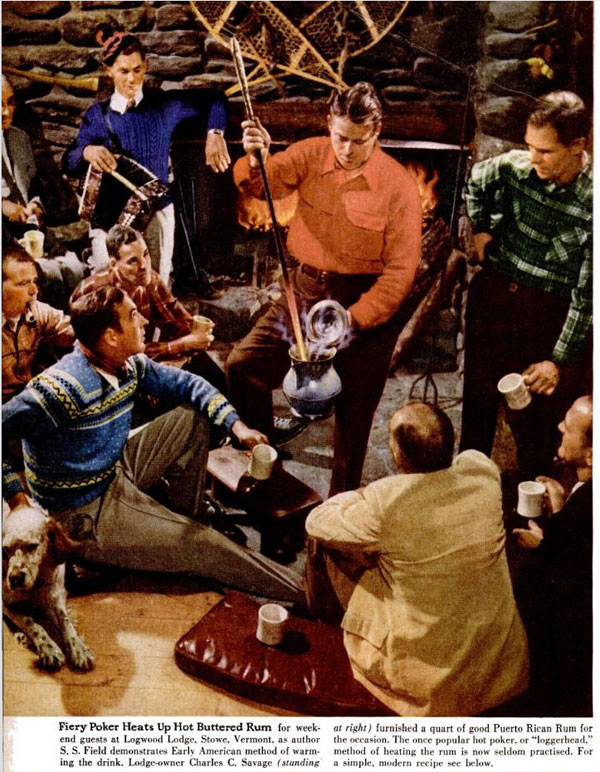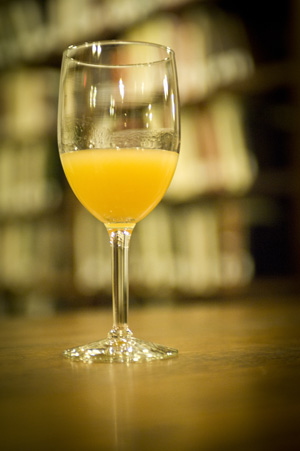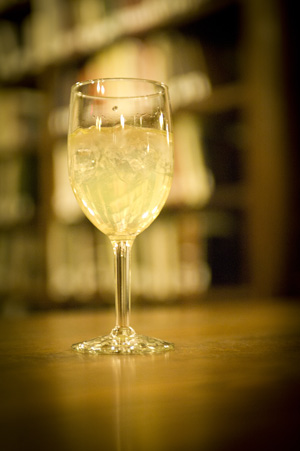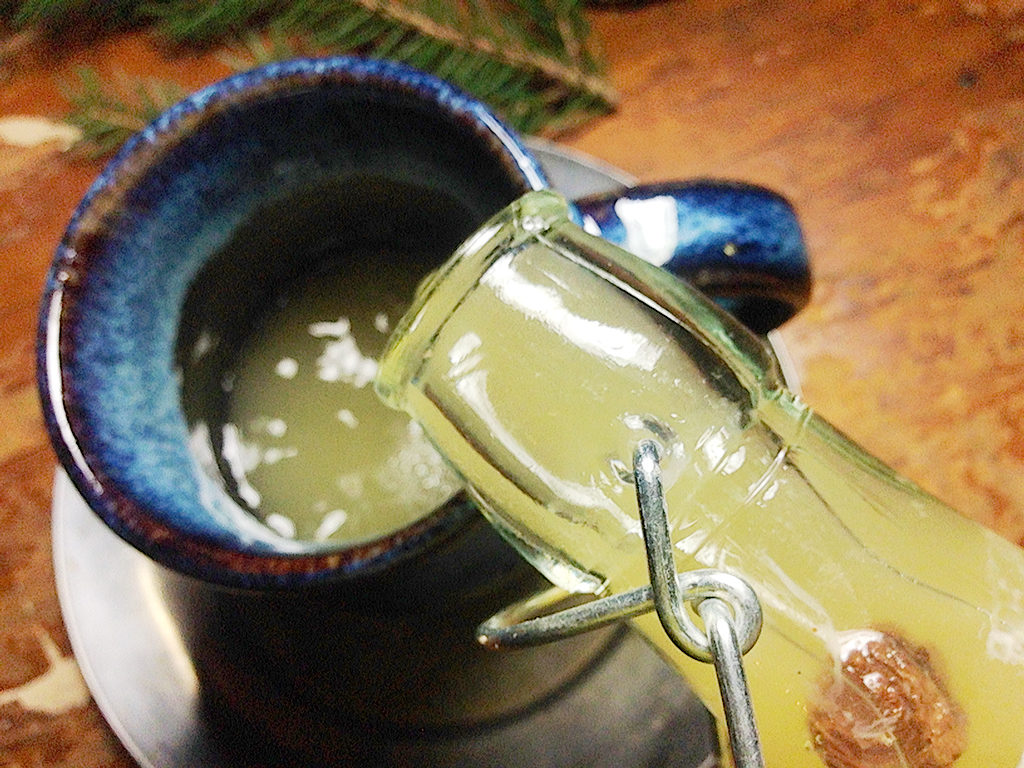
Colonial Spruce Beer
If you’re into home-brewing, I’ve got a recipe for you: Spruce Beer! This is a uniquely flavorful beer has been made in American since the 17th century; it would have been brewed at home with hops, spruce limbs, sugar, and no grain. I go in to its history more in depth in this Liqour.com article on drinking like a Pilgrim.
The Recipe
 Spruce limbs.
Spruce limbs.
The recipe for this beer would have already been old be the time it appear in the first American cookbook, American Cookery, published in 1796:
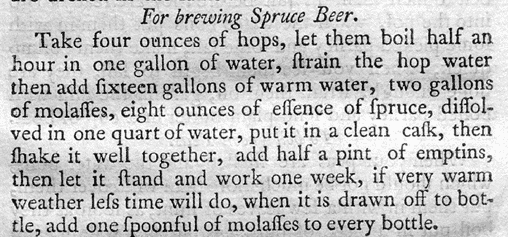
“Essence of spruce,” or spruce essence, was a commercial product made by boiling spruce boughs, or spruce tips (the new green growths in the spring time) and reducing the resulting liquid into a condensed, highly flavored extract. You can still get it in brew shops today. I’ve made spruce beer from this recipe before, using both spruce essence and molasses, and I found the flavor of both ingredients to be completely overwhelming. So I wanted to making the beer this time around with real spruce limbs and maple syrup, ingredients more readily available around the time of the Puritans first settling Plymouth.
The maple syrup was no problem for me to source–my parents make their own. The spruce was a little more difficult. I first had to learn what a spruce tree looked like–I now know way too much about the difference between pines, firs, and spruce–and then I had to find a red spruce, the native species that would have been readily available to the Puritans in Massachusetts bay. Luckily, a friend was working in upstate New York, and Fed-Exed me a box of branches.
I tweaked my recipe with the help of an 1840 cookbook from author Eliza Leslie. She has a helpful recipe using real spruce limbs and another for a small quantity beer.
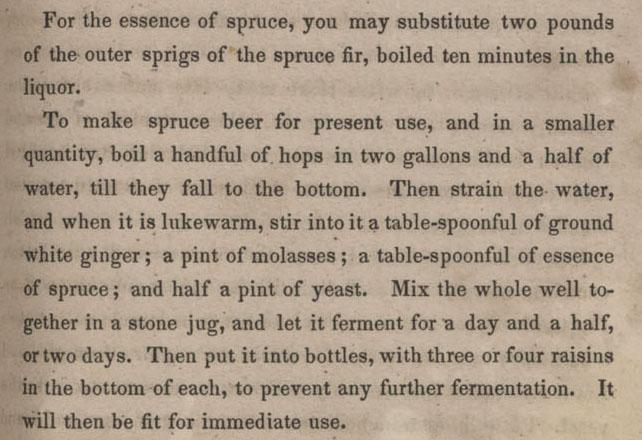
You’re going to need some basic home-brewing knowledge to take this beer on. If you’re just getting started, I’d recommend purchasing a 1 gallon home brew kit, which it what this recipe is designed for.
***
Spruce Beer
Based on a recipe from Directions for Cookery, in its Various Branches. by Eliza Leslie, 1840
1 gallon water
1 gallon plastic bag full of spruce limbs (the tips and newer growth)
1 cup dark maple syrup
1/4 oz hops (I used Willamette and Centennial, because I thought their citrus qualities would pair nicely with the spruce. I also had difficulty finding out what types of hops would have been used historically. If you know, I’d love your input in the comments)
1 packet brewer’s yeast (a champagne yeast or an ale yeast)
6 raisins
5 cracked allspice and 1 teaspoon of ground ginger (optional)
1. Boil water, hops, and spices in a large pot for 20 minutes. Add the spruce limbs and boil 10 minutes more. If you’ve got a mesh brew bag, it helps; if not, strain the liquid. Let it stand until it is warm.
2. Sanitize a gallon glass jug–known as a fermenter. You can do this with a no rinse sanitizer, found at brewing stores. Pour the warm spruce liquid into the jug.
3. Add the yeast and the sugar. Cork the jug with a rubber stopper and an airlock. Allow it to ferment for 2-4 days, or until it stops bubbling.
4. Sanitize your bottles–I like to use 250 ml clip top stopper bottles, but you can bottle in traditional small beer bottles. I sanitize by boiling them for 30 minutes, and then letting them cool upside-down. Put three raisins in the bottom of each. Fill each bottle. Leslie says the raisins are to stop the fermentation process, but she’s mistaken; they’re to give the yeast one last meal which carbonates the beverage once it’s bottled.
5. Allow to sit another two days. Enjoy!
The Results
When you’re done, you’ve got a nicely fizzy, milky, yellow-green beverage.
I assembled a group of historians and beer enthusiasts (and historic beer enthusiasts) to taste my early-American brew. The beer had an extremely fruity nose, some said like grapefruit. It was beautifully carbonated, like seltzer water, and had a lightness to it because of the lack of grain. With my first sip, I thought it tasted bitter. But the more I drank it, the more I realized it was quite sweet compared to most beers. I think the texture of it made me expect it to be sweet, like a soda. It reminded some tasters of a saison or an IPA, but was not as bitter as a really hoppy IPA could be. The pine flavor definitely came through, but was not at all unpleasant. Because it’s not so heavy, you feel like you could drink it all day. But it is alcoholic–I suspect between 1%-3%, the longer it sat in the bottle.
I drank it all day, as it was intended, with a variety of 17th century puritan foods: Samp, a cooked corn porridge topped with maple sugar for breakfast; venison for lunch; and more corn and squash for dinner. It was great with all of it. I felt fine–although I did take a surprise nap in the afternoon and woke up with a headache. Over the course of a week, and it tasted progressively more tart. The colonial homebrews weren’t built to last long after the bottle was opened. They quickly soured.
I don’t know if you want to make this specific recipe; I don’t think it’s good enough for a revival. But let me put it this way: spruce trees aren’t poisonous. They are, in fact, delicious. If you’re making some winter homebrews this year, skip the spruce essence and snip a few limbs from a local tree. It’s a fun nod to America’s brewing past.

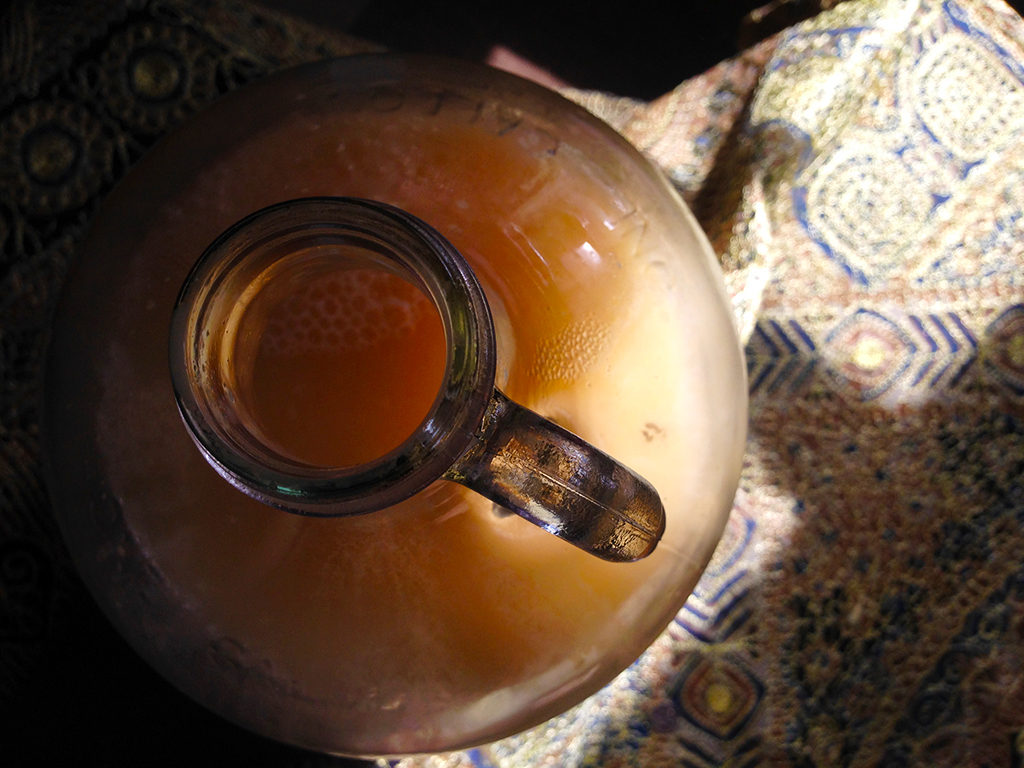
 The Ale Flip: a beer cocktail heated with a fire poker. Great for both a chilly day or summer camping trip.
The Ale Flip: a beer cocktail heated with a fire poker. Great for both a chilly day or summer camping trip.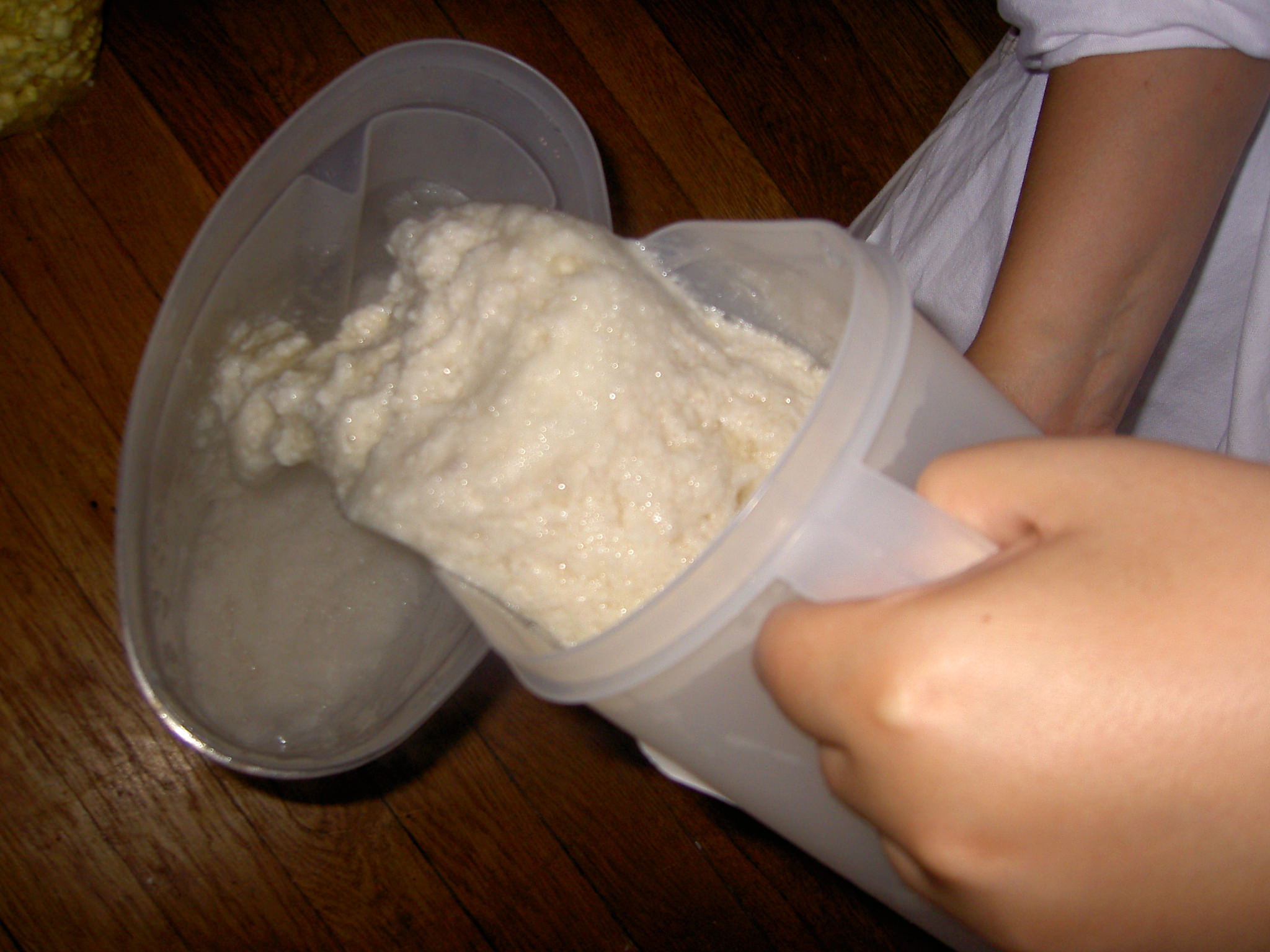

 The ingredients: beer, brown sugar syrup, rum and an egg.
The ingredients: beer, brown sugar syrup, rum and an egg.















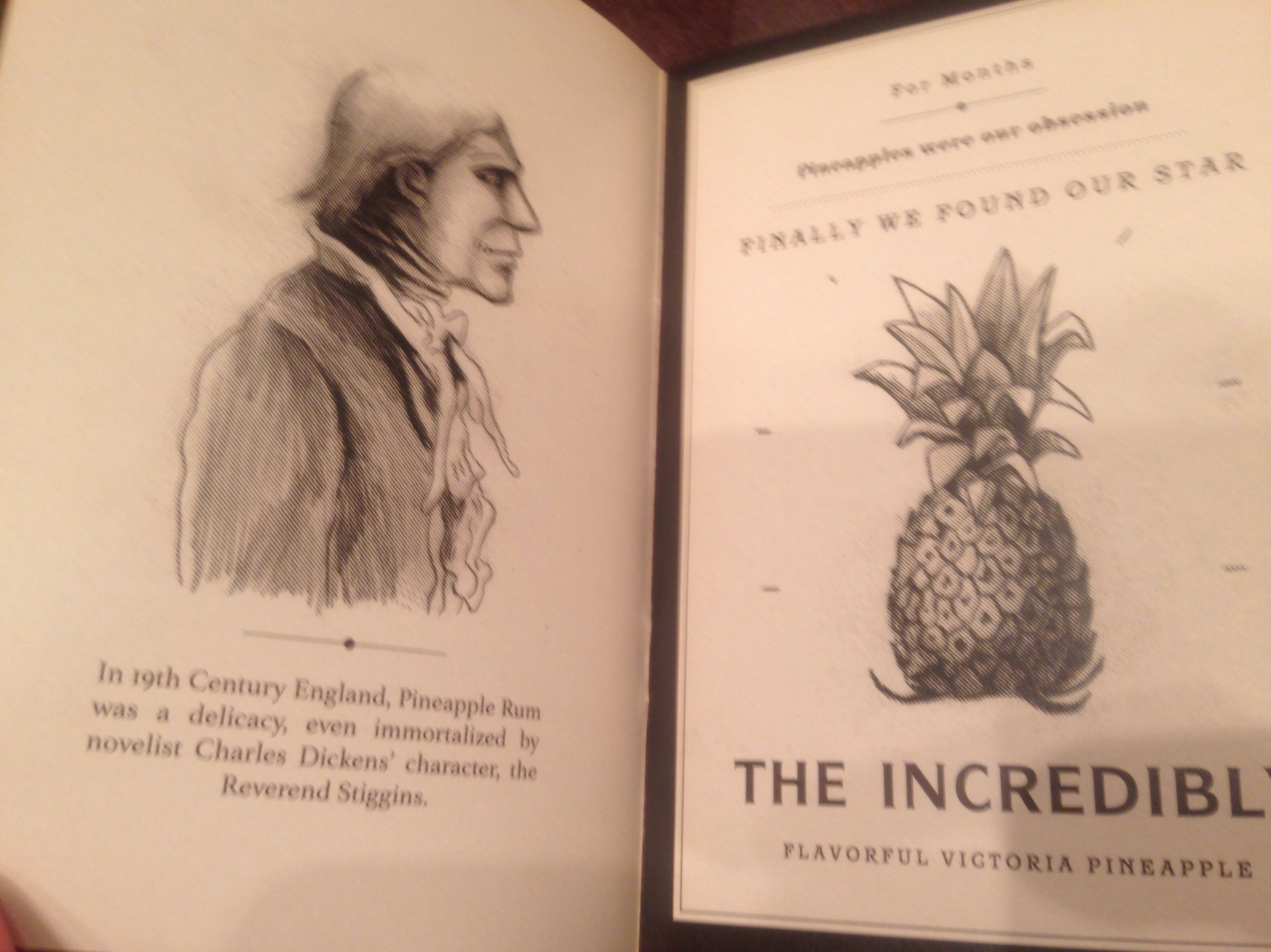




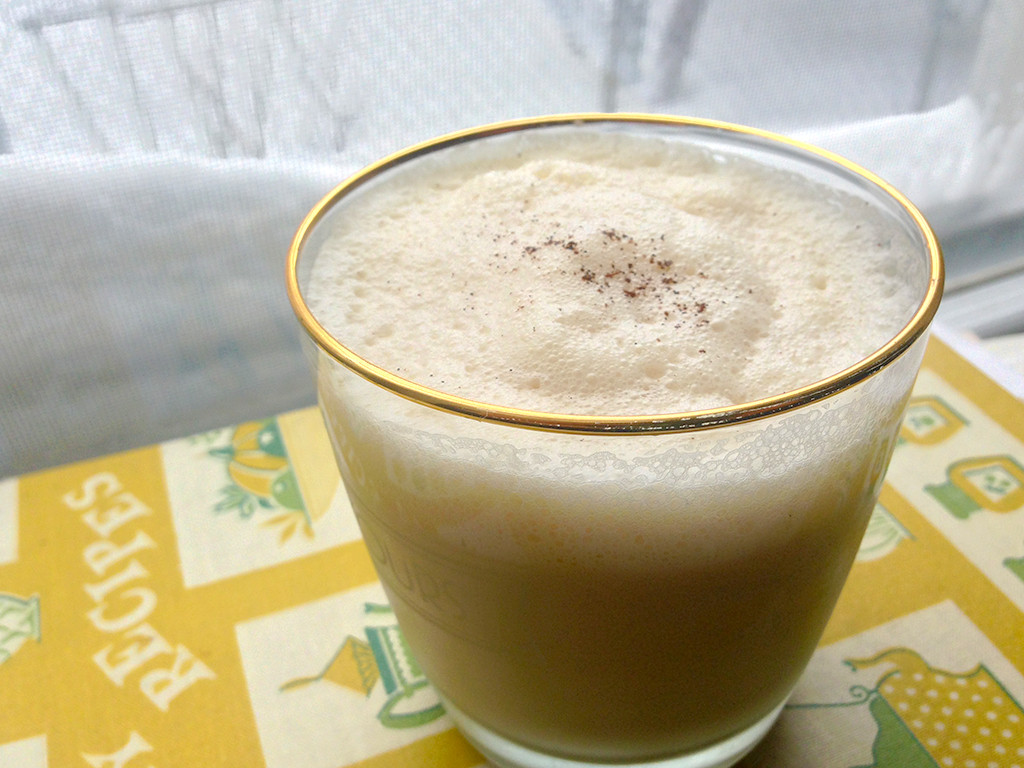 Moose Milk: A drink for a blizzard.
Moose Milk: A drink for a blizzard. A recipe collection dating from 1966-1998.
A recipe collection dating from 1966-1998.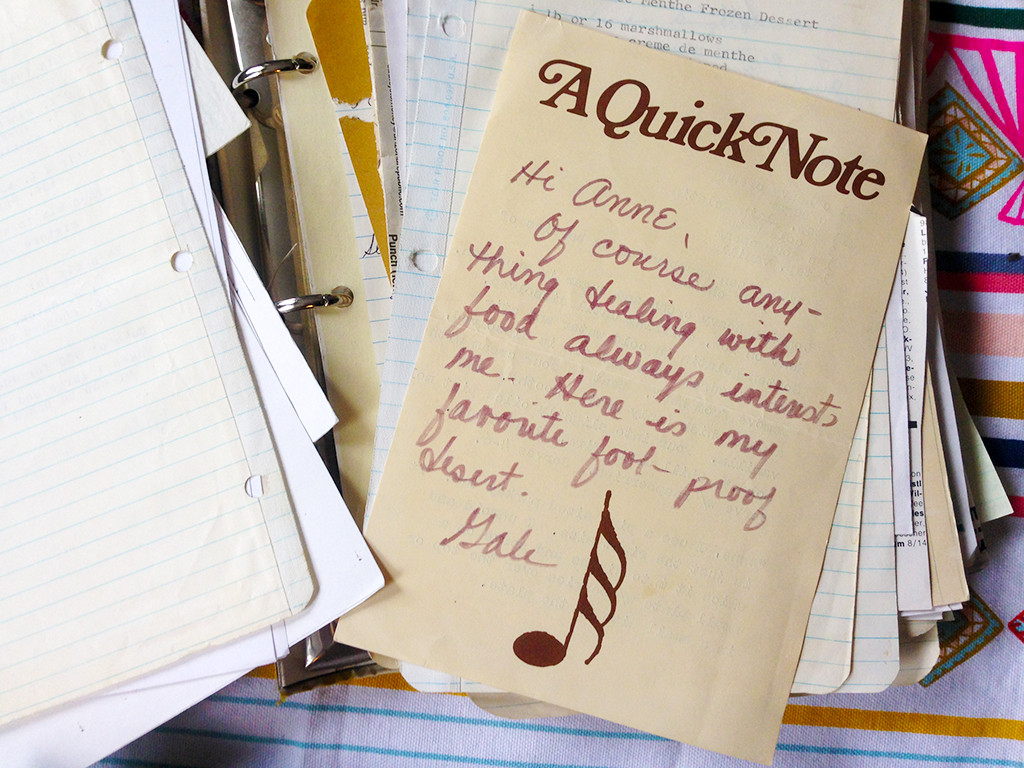 Gale’s fool-proof dessert is C
Gale’s fool-proof dessert is C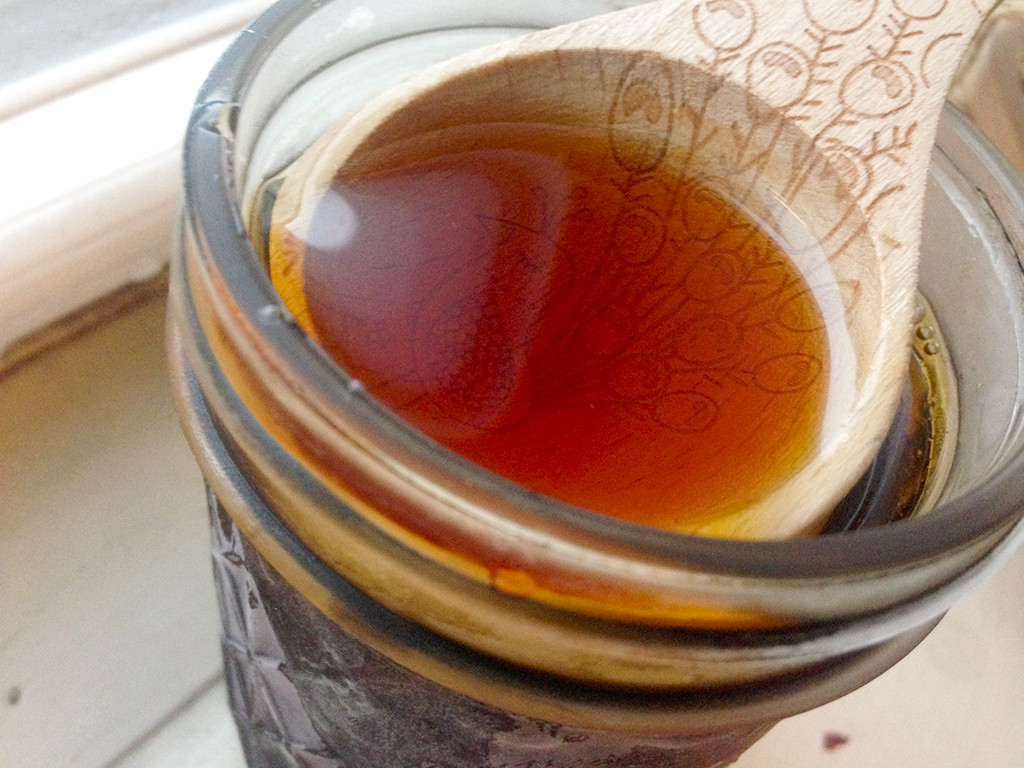 I included some of my parent’s homemade, dark
I included some of my parent’s homemade, dark  The original recipe for Moosemilk.
The original recipe for Moosemilk. Putting the punch to bed. See the blue circle of the punch bowl on the ground?
Putting the punch to bed. See the blue circle of the punch bowl on the ground?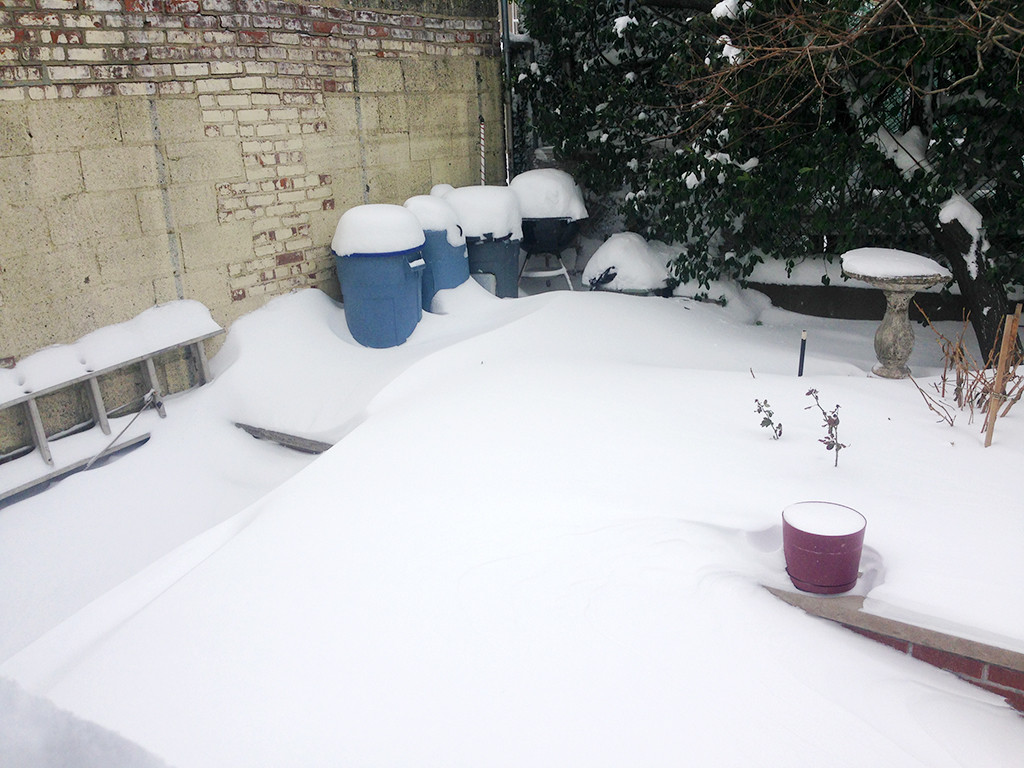 The next morning: Covered in a snow drift!!!
The next morning: Covered in a snow drift!!!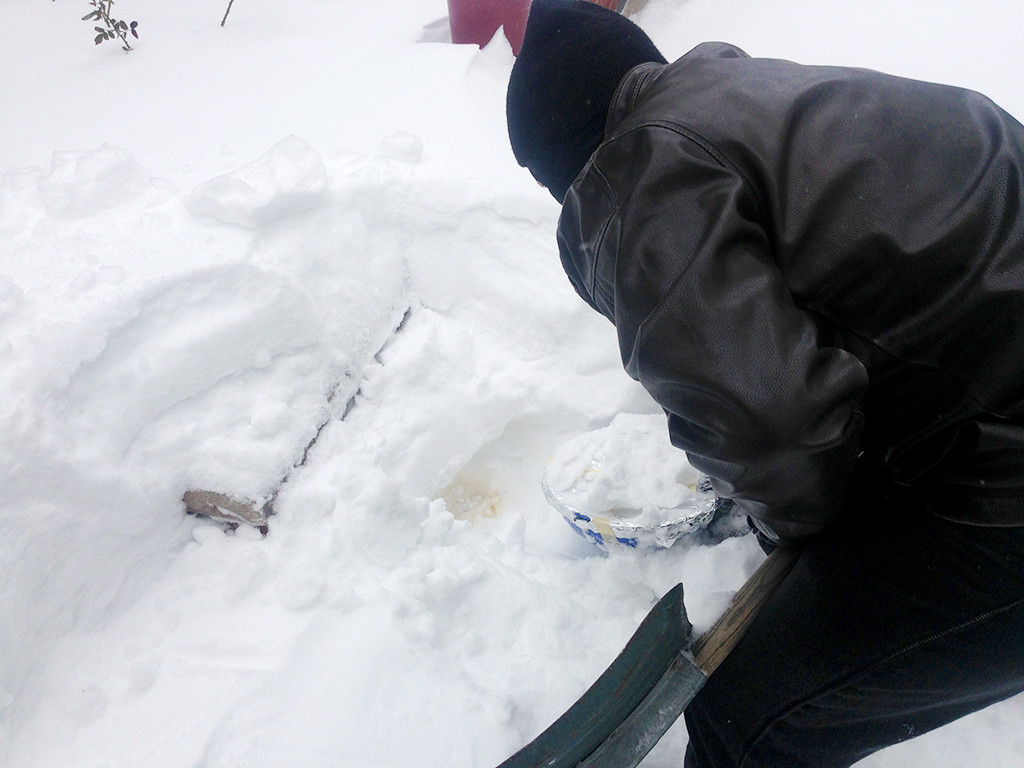 Excavating the punch.
Excavating the punch.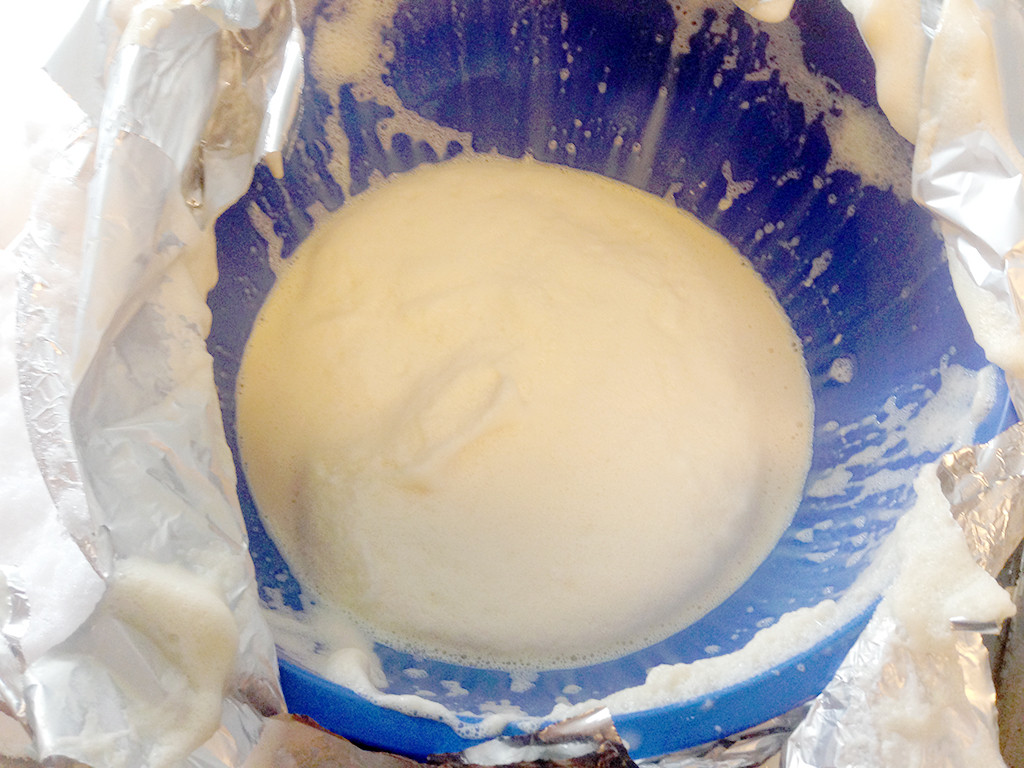 The final punch!
The final punch!